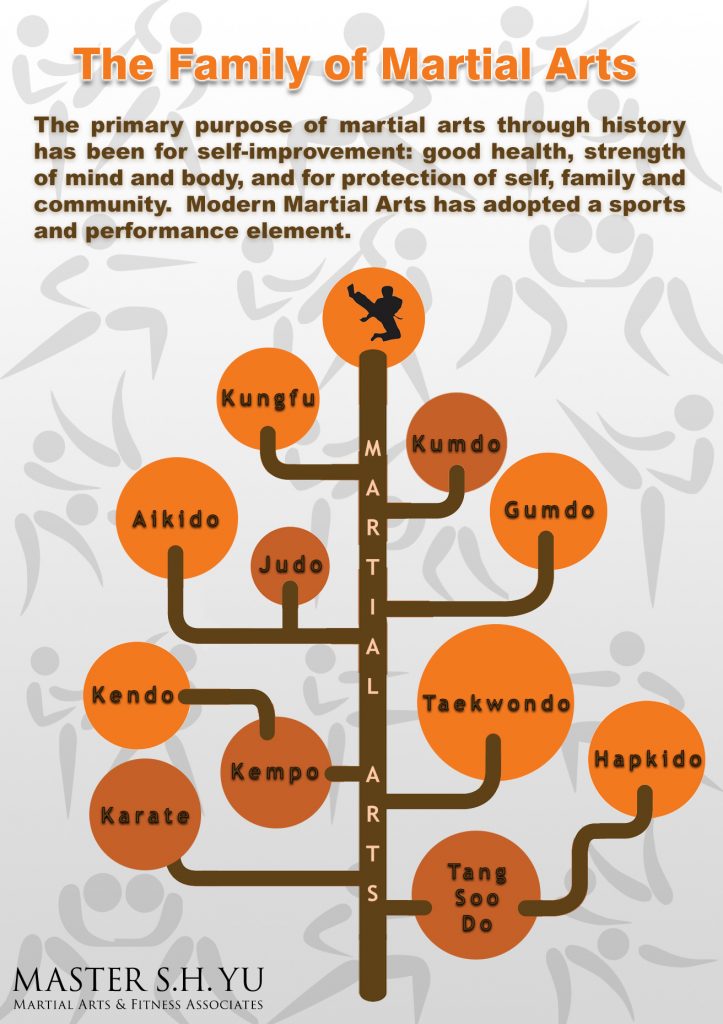The Background And Philosophy Of Martial Arts: A Deep Dive
The Background And Philosophy Of Martial Arts: A Deep Dive
Blog Article
Produced By-Lauridsen Francis
Enter the old globe where martial arts were substantiated of necessity in diverse areas. Societies crafted distinct fighting designs intertwined with historic contexts. Methods evolved over centuries via devoted method and social exchanges. Today, modern-day martial arts mix conventional components for maximum efficiency. Philosophically, martial arts highlight discipline, self-improvement, and harmony. Respect, humbleness, and equilibrium are fundamental principles leading experts towards development and durability. Check out the depths of this abundant background and viewpoint to discover the extensive impacts shaping this enduring discipline.
Beginnings of Fighting Style
Fighting style originated in various regions worldwide, advancing as sensible fight systems to resist hazards. These old combating styles were created out of need, with each culture crafting techniques suited to their one-of-a-kind environments and challenges. From the grappling arts of Jujutsu in Japan to the striking strategies of Martial art in China, martial arts were deeply linked with the historic, social, and social textile of their particular societies.
In Japan, the samurai course polished martial arts like Kenjutsu, the art of the sword, which later on evolved right into the much more promoted type of Kendo. At the same time, in Brazil, Capoeira became a blend of dancing and combat, created by enslaved Africans as a method to withstand oppression. Each martial art carries with it an abundant history and approach, mirroring the values and beliefs of the people that exercised them.
As you look into the beginnings of martial arts, you reveal a tapestry of human resourcefulness, strength, and the unrelenting spirit of warriors throughout time.
Evolution of Strategies
Via centuries of method and refinement, combat strategies within numerous martial arts have actually undertaken a profound development. From ancient styles like Kung Fu and Martial arts to more modern-day disciplines such as Brazilian Jiu-Jitsu and Krav Maga, the advancement of techniques has been driven by a mix of cultural influences, practical applications, and technological advancements.
One substantial aspect of this development is the cross-pollination of techniques in between different martial arts. For instance, techniques from traditional Japanese Jiu-Jitsu were included into the creation of Judo by Jigoro Kano in the late 19th century. This mixing of styles has actually resulted in the advancement of hybrid martial arts like Mixed Martial Arts (MIXED MARTIAL ARTS), which incorporate elements of striking, grappling, and entry techniques.
In addition, the development of methods has actually been formed by the raising emphasis on efficiency and performance in combat. Specialists have constantly sought to refine their strategies with strenuous training, trial and error, and competition, bring about the advancement of extremely specialized and effective fighting designs. In general, the development of techniques in martial arts reflects the vibrant nature of fight and the continuous pursuit for enhancement and development.
Philosophical Foundations
Exploring the underlying thoughtful principles of martial arts offers understanding right into their core values and assisting beliefs. At the heart of many martial arts techniques is the concept of discipline itself. By educating your mind and body to function as one cohesive device, you grow self-control that extends past the dojo or gym right into day-to-day life. This self-control includes respect, humility, and self-constraint, shaping not just your physical capabilities yet additionally your personality.
Another basic philosophical structure in martial arts is the concept of constant self-improvement. The journey of grasping a fighting style is continuous, with practitioners constantly aiming to much better themselves, both physically and emotionally. This focus on growth cultivates durability, willpower, and a growth frame of mind that can be related to all aspects of life.
In addition, martial arts highlight the relevance of consistency and equilibrium. mouse click the up coming website page are designed to use an opponent's energy against them, highlighting the principle of generating and redirecting force rather than meeting it head-on. This approach includes social relationships, promoting serene resolutions and mutual understanding. By embracing these philosophical foundations, martial musicians not just enhance their battle abilities yet also grow a way of life centered on personal growth, regard, and harmony.
Final thought
In conclusion, the background and viewpoint of martial arts supply an abundant tapestry of custom, self-control, and self-improvement.
Consider example the story of Bruce Lee, who revolutionized martial arts by mixing different designs and ideologies to develop his very own unique type of Jeet Kune Do.
Through martial arts kid friendly definition and development, martial artists remain to push borders and influence others to reach their full capacity both in combat and in life.
